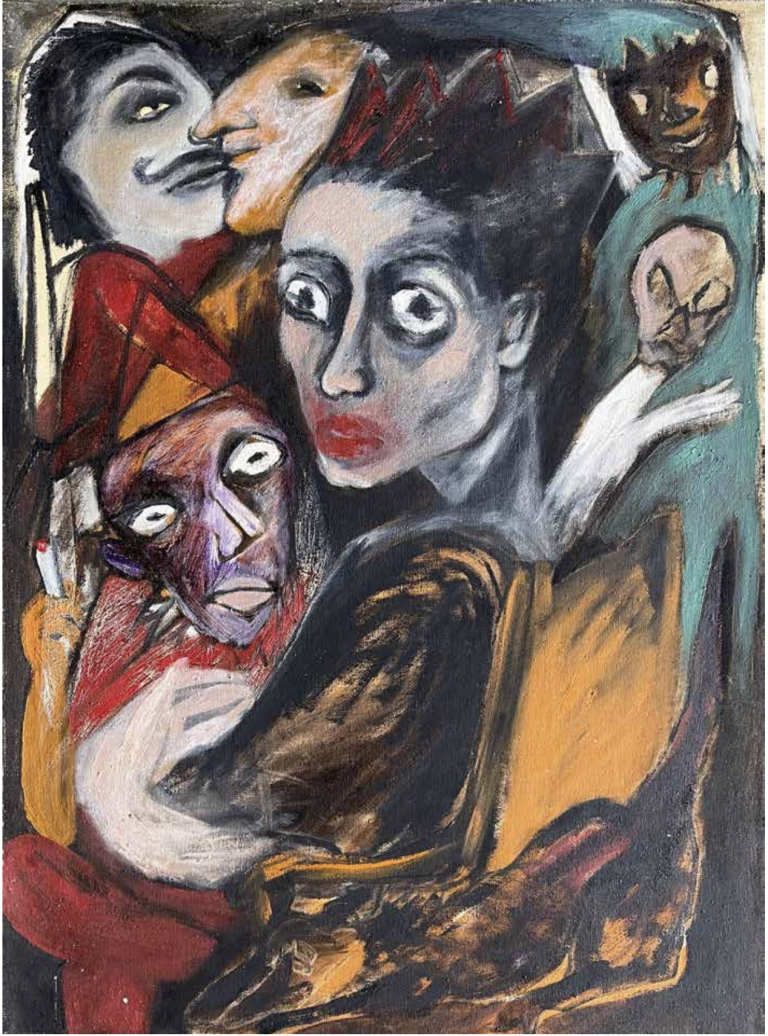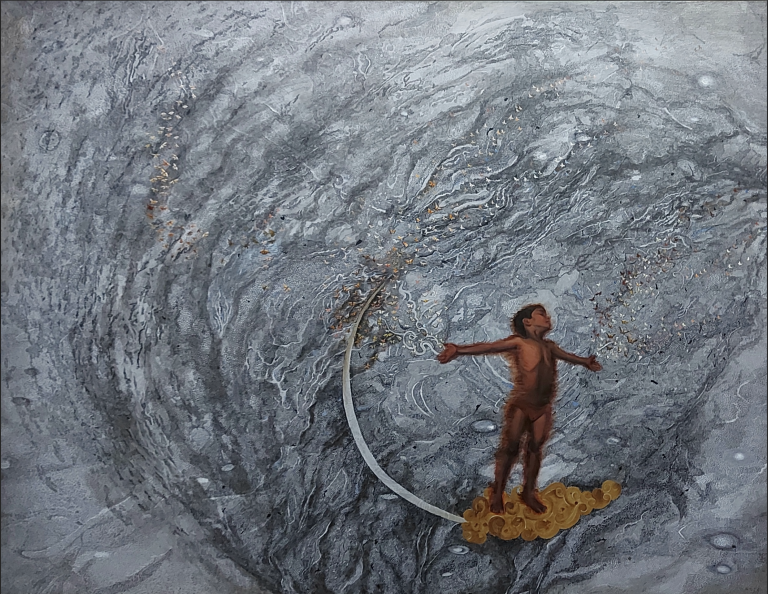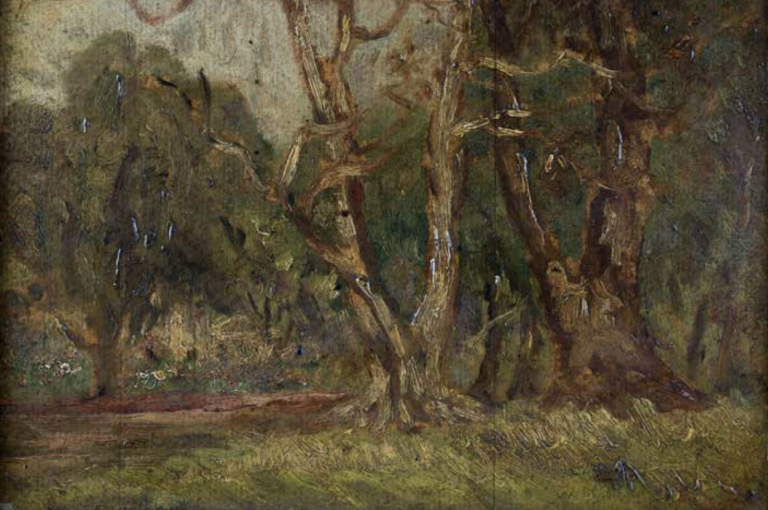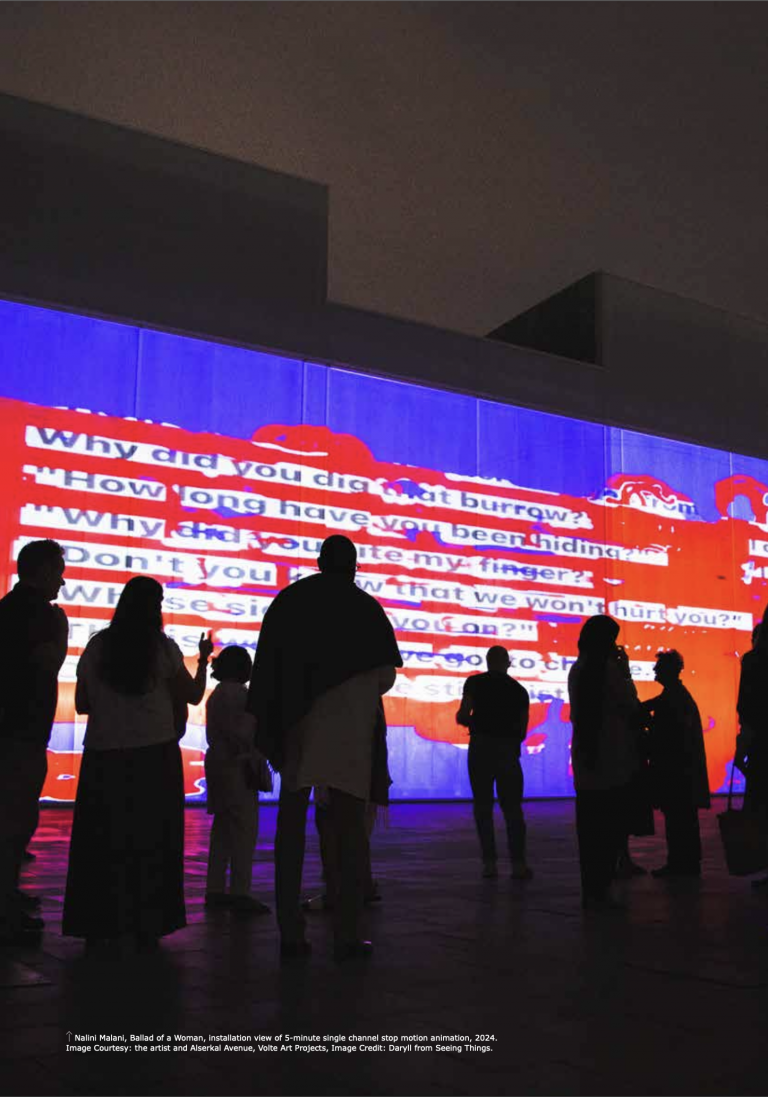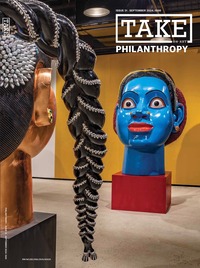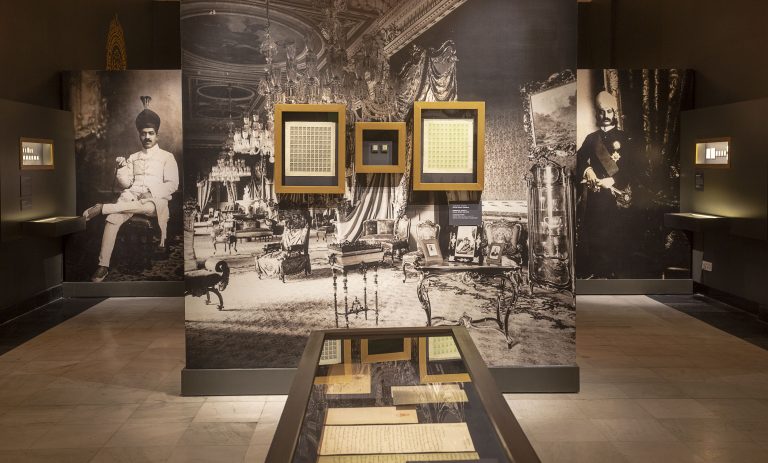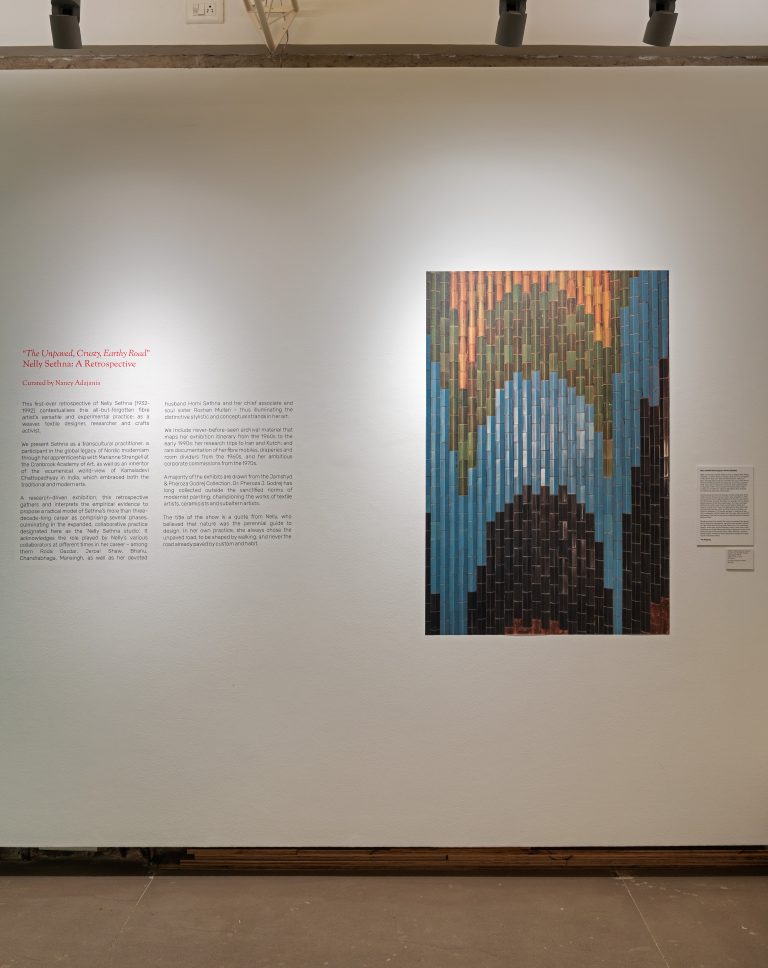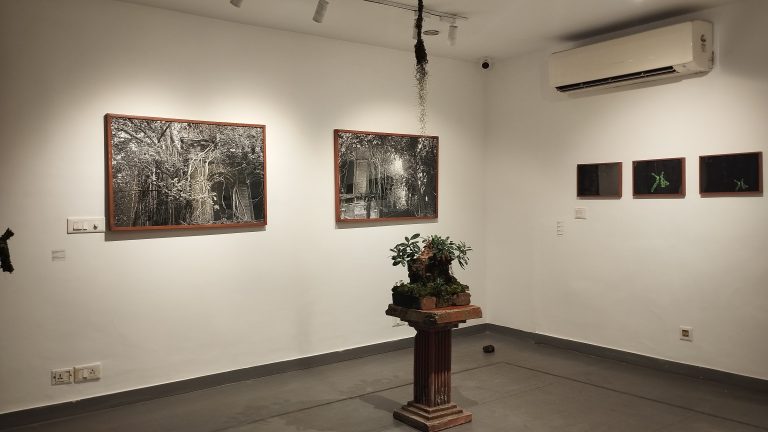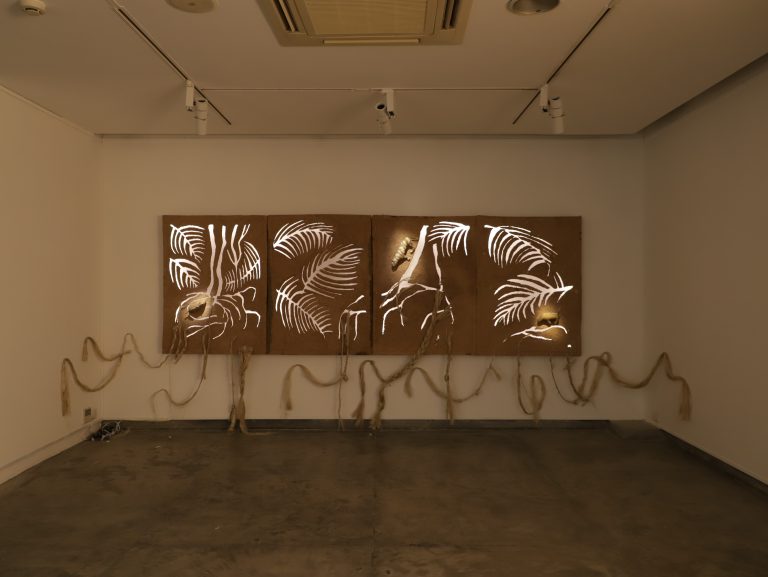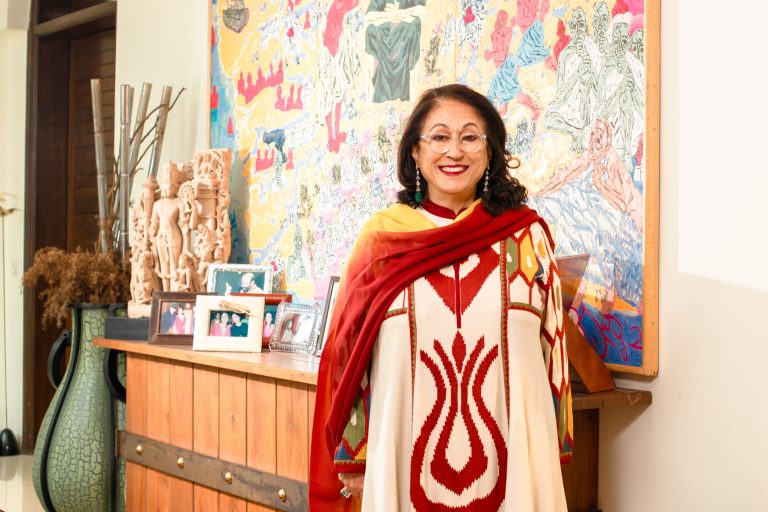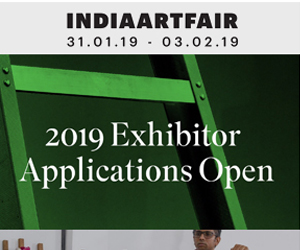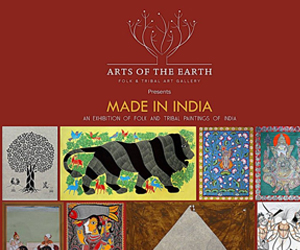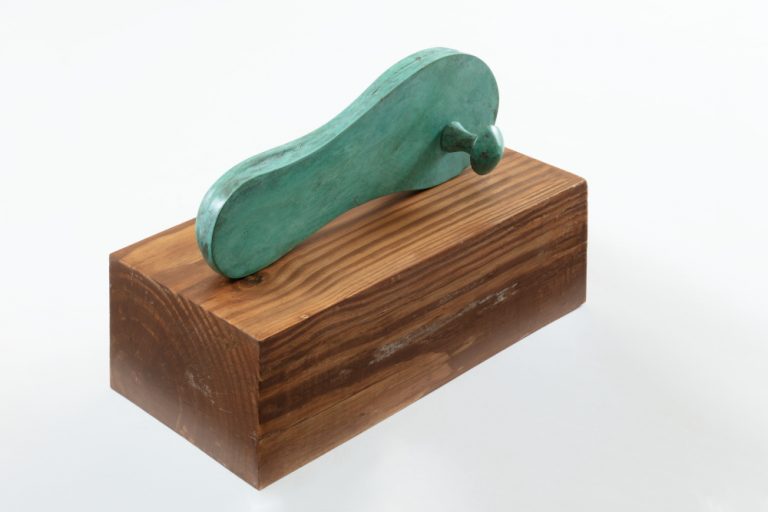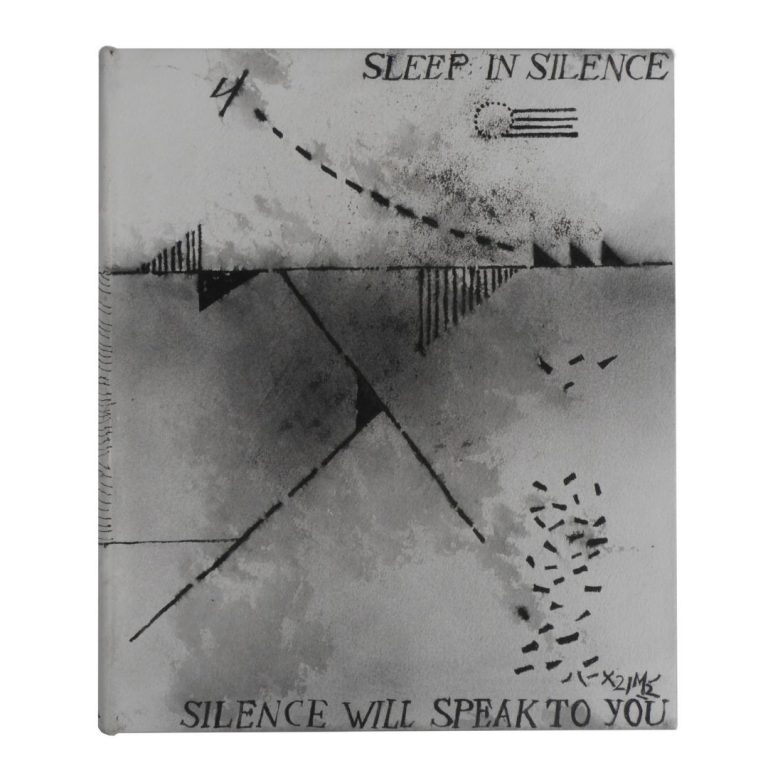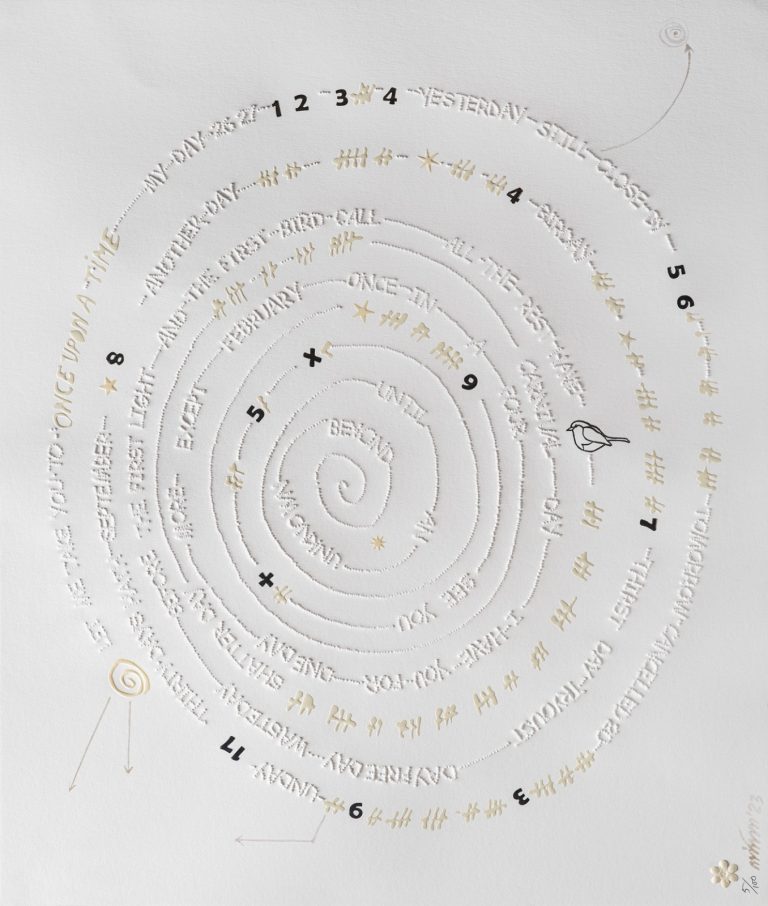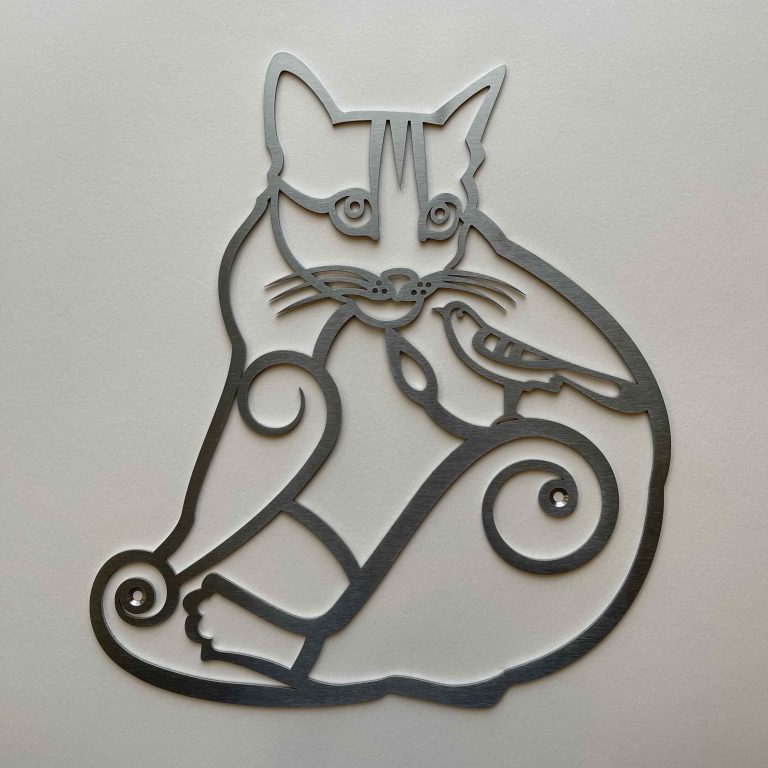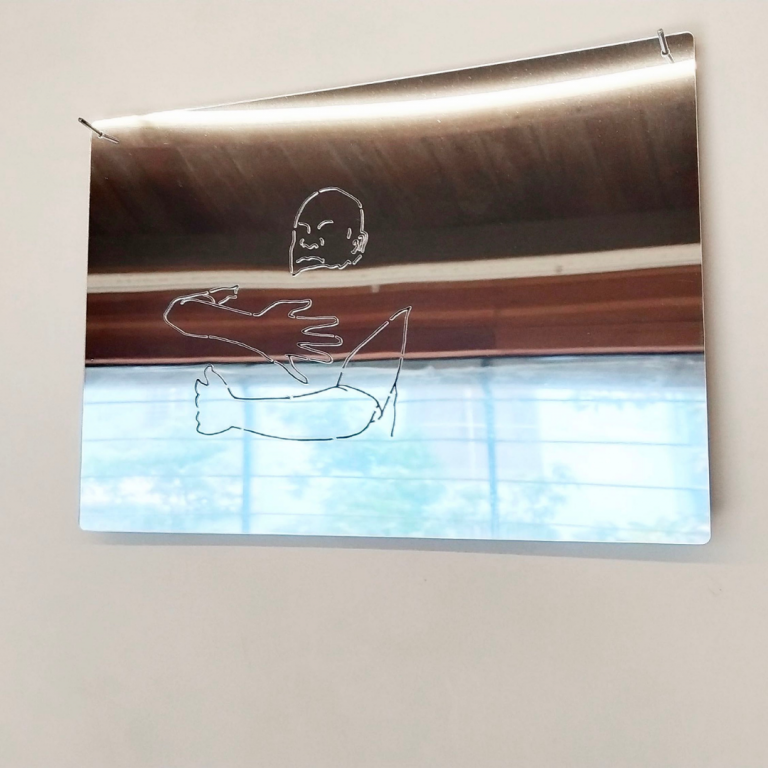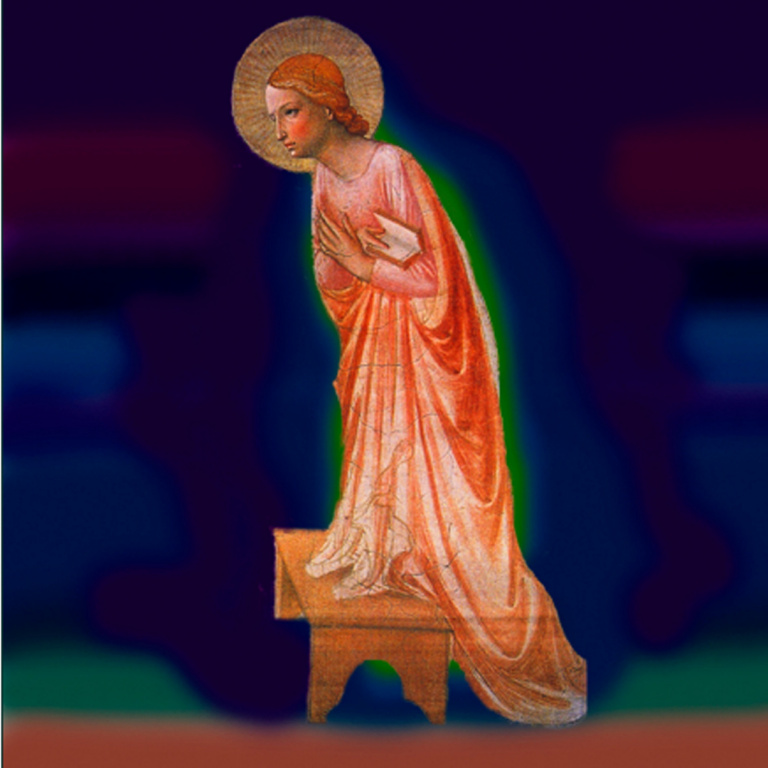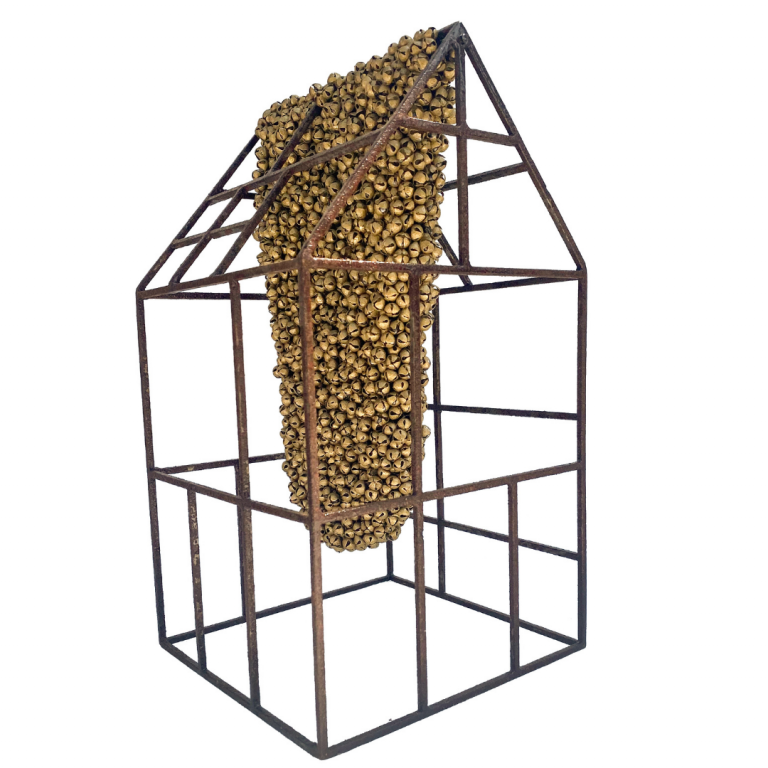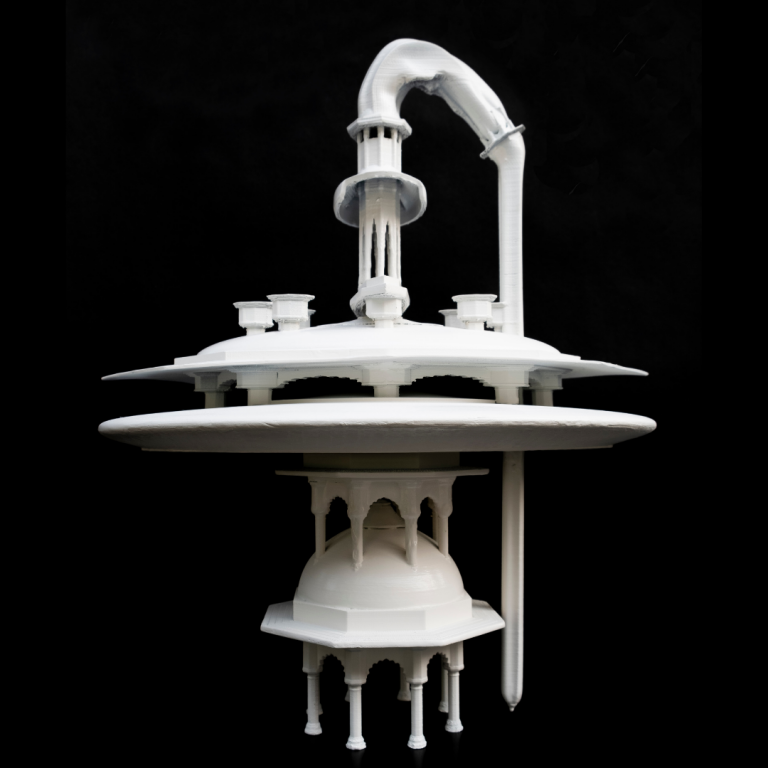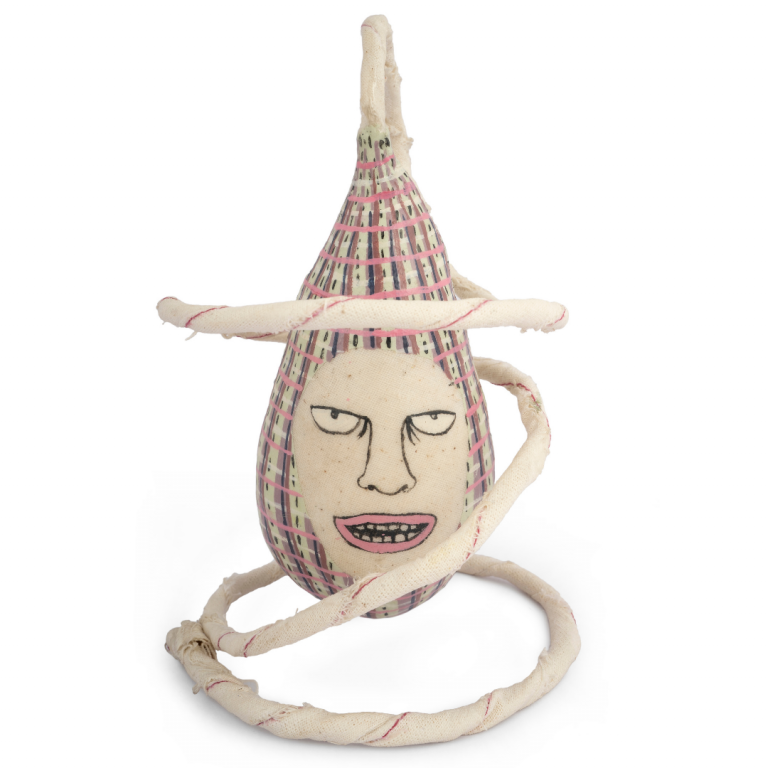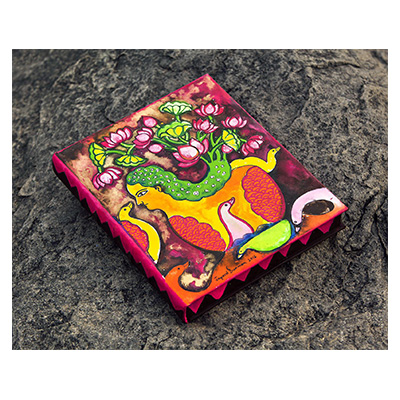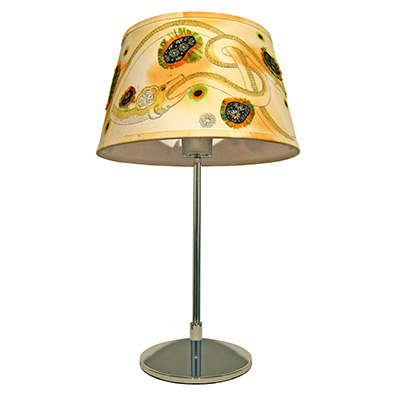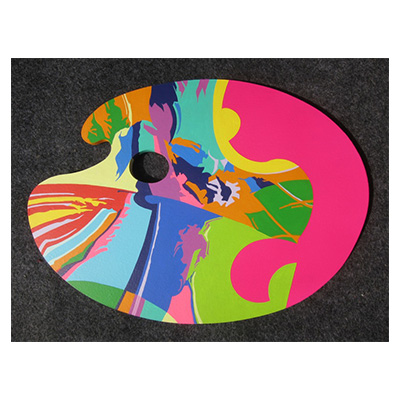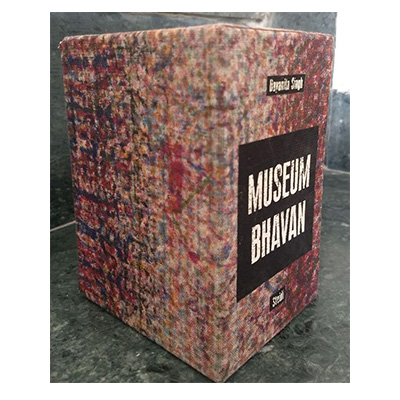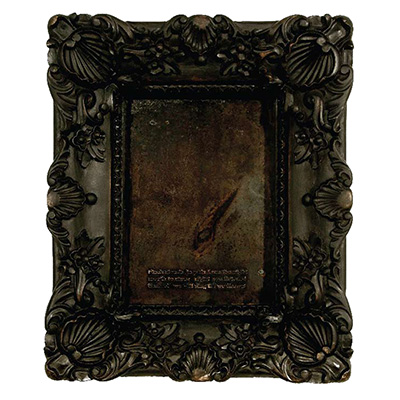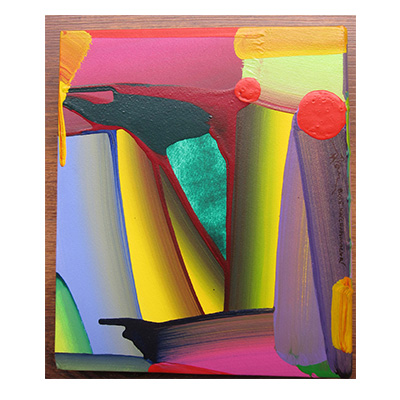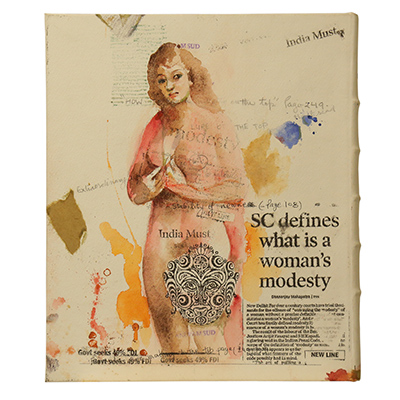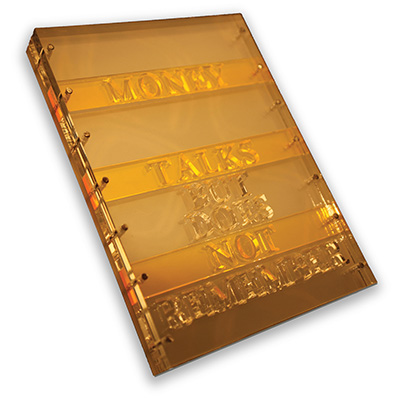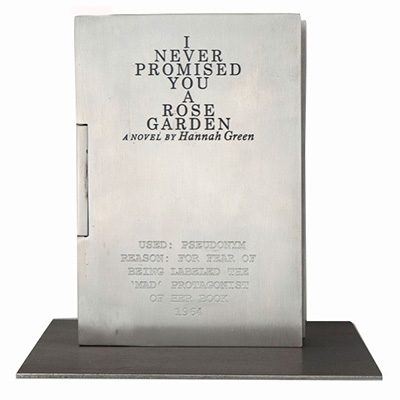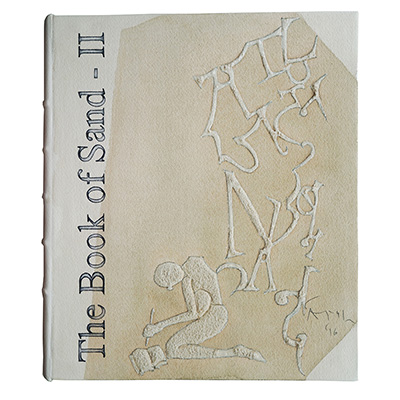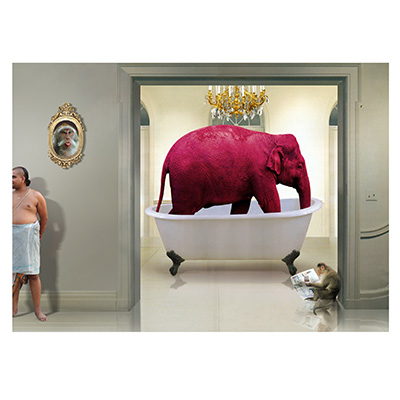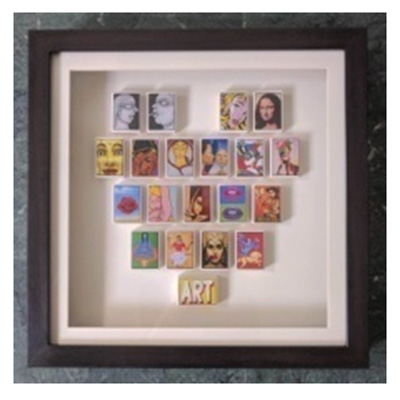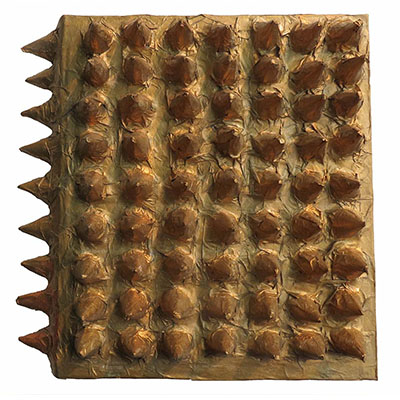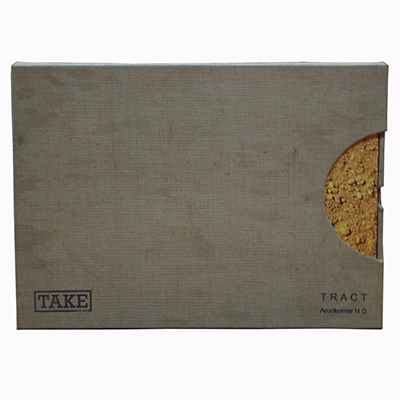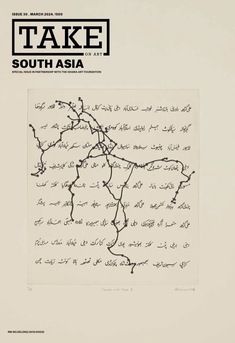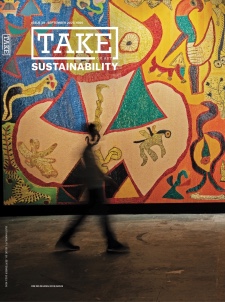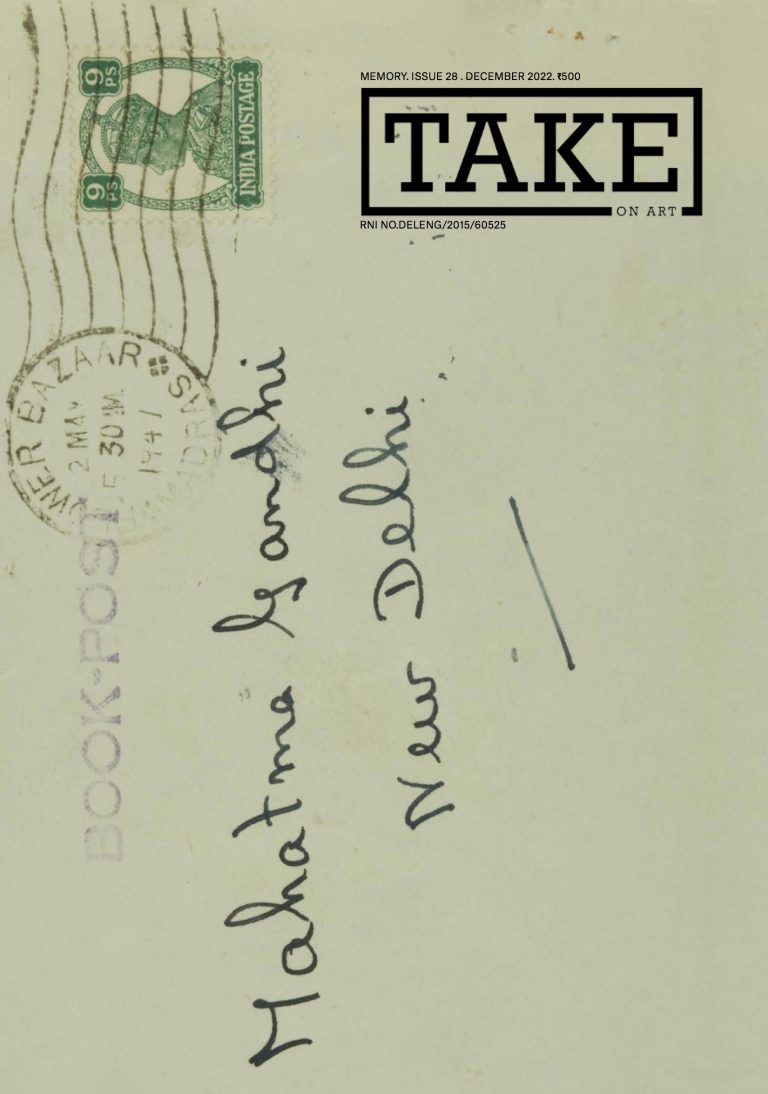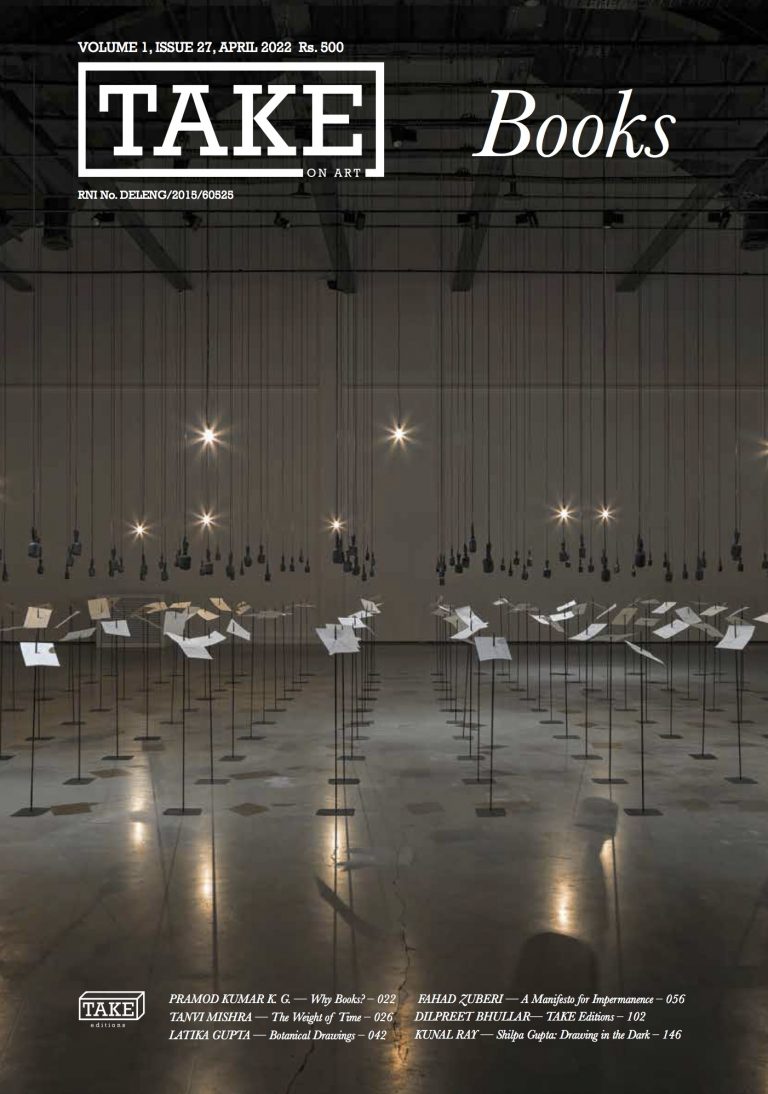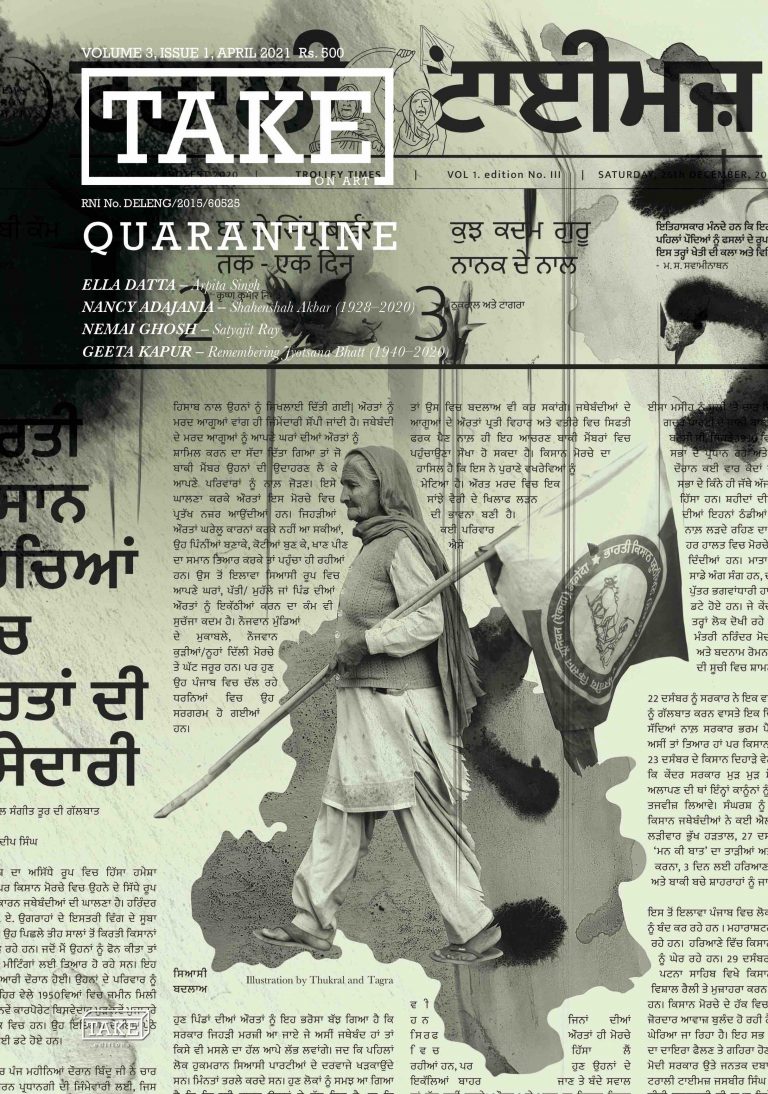A Life in Art
From the Intersection of Arts, Education and Philanthropy
Acts of Sharing Art
Philanthropy: Every Idea is a Seed in Time
Conservation of India’s Glorious Cultural Heritage
Of Lineage and Art Philanthropy
Taking a Legacy Forward: The Baroda Model
Collection and Consumption of Arts
Art Institutions, Creative Collaboration and Philanthropy
Building Art into the Everyday
Philanthropy in the Art Market
Indian Textile through the lens of Private Patronage and Philanthropy
Philanthropy in the Arts In India: A Personal Experience
Contending for Sustained Philanthropy with the case of Art Ichol
Indian Photography and Philanthropy
Where Nature and Nurture Conjoin
A Collector’s Eye (and Mind): Exploring the influence of Chester and Davida Herwitz in the making of Modern Indian Art
Artist Residencies: The Purest Form of Philanthropy
20 years of 1Shanthiroad
Pratul Dash Creates an Archaeology of the Land and the Mind
Down Memory Lane
The Body Continues
Riding a Caravan
A Peek into Krishna Reddy’s World: Of Friendships and an Early Celebration of the Master Artist’s Centenary in 2025
The Propitious Garden of Rekha Rodwittiya
The Rebel and the Recluse: Gobardhan Ash (1929-1969)
Fragmented Humanity: Arindam Chatterjee’s Grotesque Mirror to Our Times
A Primordial Roar
Weaving Imperialism and Divinity: Mughal Carpets and Painting Exhibition in the Cleveland Museum
Restless Line in the Art of Seema Kohli
Citizen Gallery: The Gandhys of Chemould and the Birth of Modern Art in Bombay
Kolkata City Lab: City as an Archive Open to the Field of Experiments
Serendipity Arts Festival: Through the Lens of Visual Arts
Carrying Silences and Serendipity: Art Writer’s Lens on the Residency
The Act of Giving
A. Ramachandran







